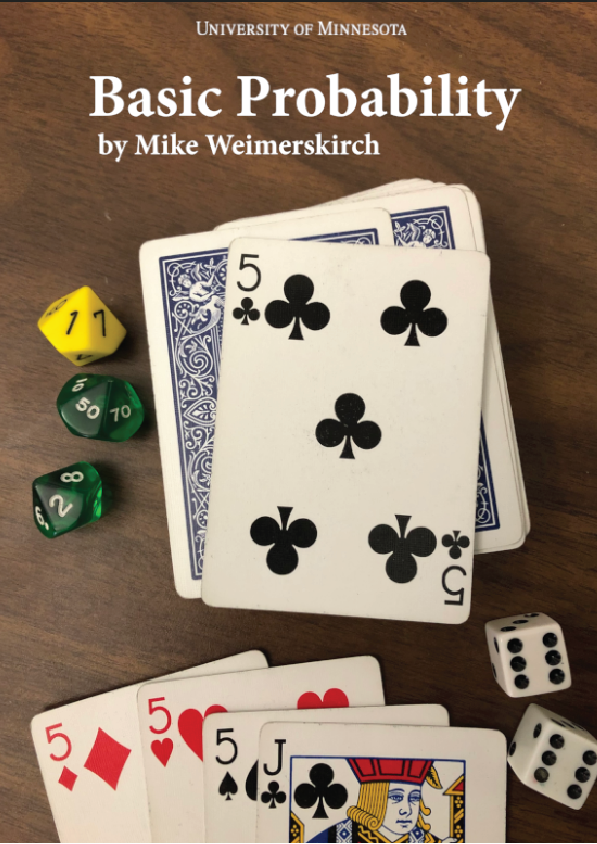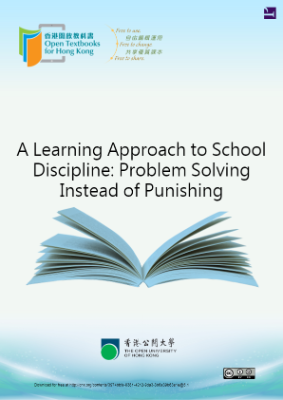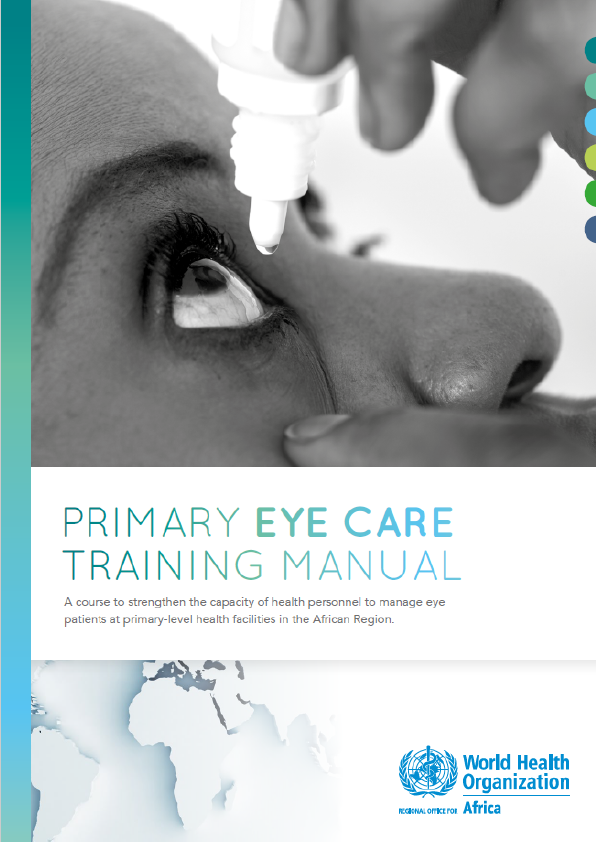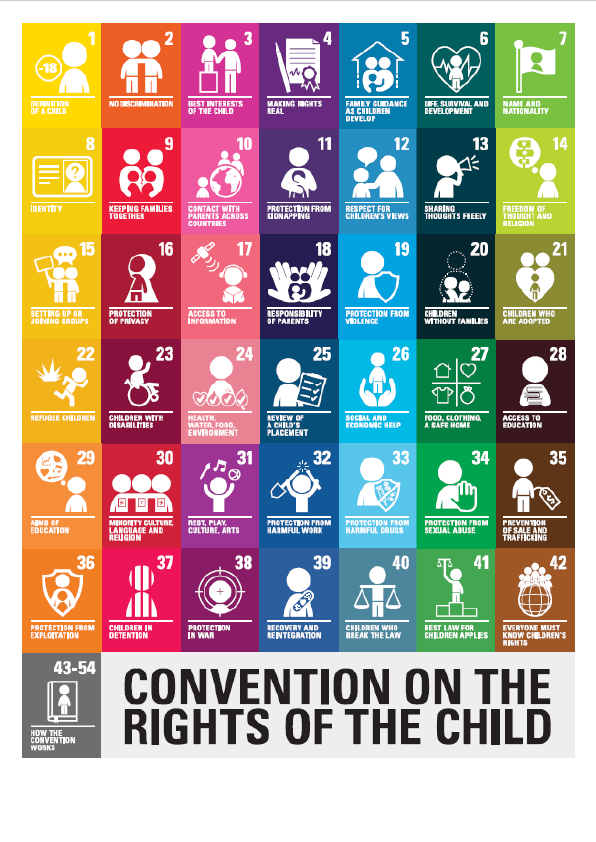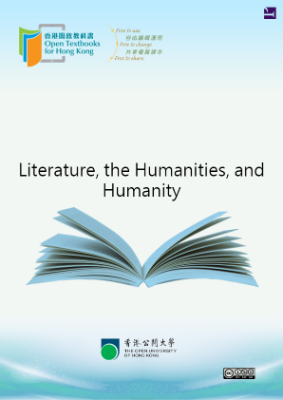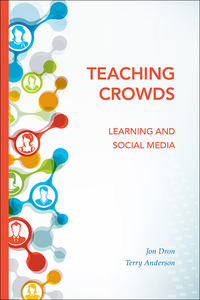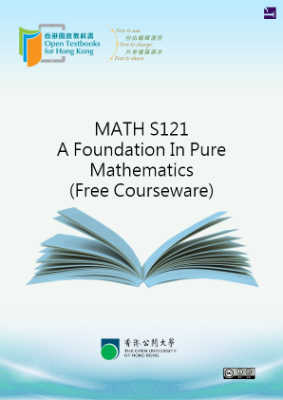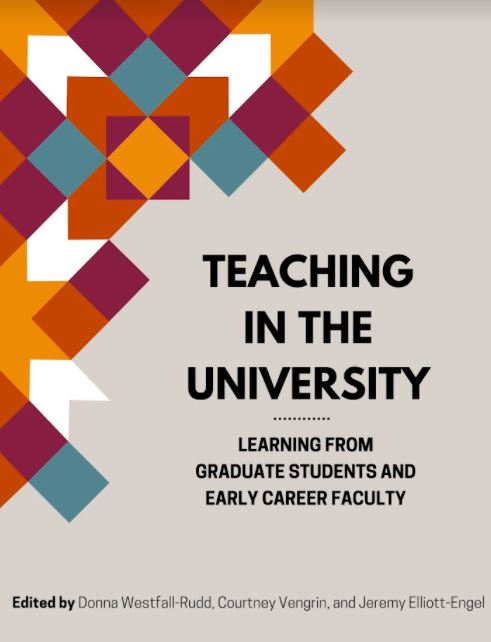This book provides a brief introduction to some common ideas in the study of probability. At the University of Minnesota, this material is included in a course on College Algebra designed to give students the basic skills to take an introductory Statistics course. The material itself is basic, and should be within the grasp of students who have successfully completed a high school Algebra I course. It comprises approximately three weeks worth of material at the college level; a typical college student would spend about 45 hours total learning this material.
These materials are used as part of an active learning course, and the interplay between in-class activities that allow students to explore and discover ideas and a more formulaic study of the necessary computations is important. These lessons address primarily the second objective, the skill-building component of mathematics. Can you successfully carry out the calculations necessary to find answers to a variety of applications? Conceptual understanding of the material is also important, and instructors are encouraged make use of activities that help students develop higher-order thinking skills which advance the computational skills developed here.
This video textbook project has been funded by the University of Minnesota School of Mathe-matics and by grants from the University of Minnesota Libraries Partnership for Affordable Content.
My thanks go out to the many people who have contributed to this project including Susan Tade, Jennifer Englund, Colin Marron, Hue Yang, Andrew Matthews, James Ondrey and Melissa Olson with the Unversity of Minnesota’s Academic Technology Support Services for thier assistance with the recording, animation and post-production of the videos, Robbie Hank, Shelley Kandola and other instructors who helped with the design of the Beamer slideshows that form the basis of the visual presentation, Stan Pride, Kevin Charles and others who have helped with other aspects of video editing to enhance the student experience, David Ernst for being the catalyst of the entire project by developing the Open Textbook Network and Kristi Jensen, Shane Nackerud and others with the University of Minnesota Libraries who have made this vision come to life in the final production stages.
This chapter introduces students to counting techniques necessary for the study of probability. How many outcomes are possible when rolling two dice? when flipping four coins? when drawing five cards from a deck of 52? The basic building block is the General Counting Principle, from which Permutations are a specific application. The connection between Permutations and Combinations is developed, as well as the connection between Binary models (coin flips) and Combinations. Seeing the interconnectedness of these topics is important for success in probability and students should be encouraged to focus on the similarities between topics. For example, why is the formula for combinations the same as the formula for permutations with an extra factor in the denominator? What is the extra factor? What does it represent?
